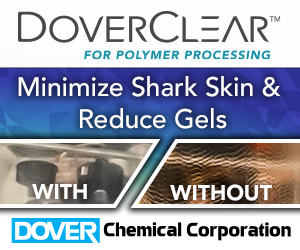Modified PBT Offers More Clarity for Automotive Radar Sensors
BASF’s new Ultradur RX PBT meets the high requirements of sensors for automated driving
A modified PBT especially developed for radar sensor applications in automobiles—now in even higher demand for self-driving cars, is newly available from BASF Corp. Thanks to its good resistance to media such as spray water, oils or road salt, the new Ultradur RX series reportedly offers exceptional protection for sensor housings. In addition, the new material protects the sensitive electronics in the housings against interfering electromagnetic waves from other vehicles.

Explains Dr. Erik Gubbels, R&D Ultradur expert from BASF’s Performance Materials division, “The different variants of the new Ultradur RX series are products for the absorption and reduction of interference radiation in the range from 76 to 81 GHz. These therefore offer a high level of protection for the sensitive electronics in the sensor housings.” He notes that this dielectric, optimized material solution meets the high standards for sensor components and is suitable for use as a rear housing cover or behind the circuit board of a radar sensor.
With increasing electromagnetic interference factors in road traffic, it is crucial that the signals are not only reflected but also absorbed and thus reduced. This is where Ultradur RX comes into play. By suppressing interfering radar radiation, a better assignment of the signals to be received is possible, which at the same time means an improvement in safety. As a functionalized plastic, Ultradur RX is positioned as an excellent alternative to metal housings and thus contributes to saving weight and thus increasing vehicle efficiency. Since the absorption properties depend on geometric boundary conditions, the Ultradur RX portfolio includes various grades that can meet individual application requirements.
Related Content
-
PEEK for Monolayer E-Motor Magnet Wire Insulation
Solvay’s KetaSpire KT-857 PEEK extrusion compound eliminates adhesion and sustainability constraints of conventional PEEK or enamel insulation processes.
-
Plastic Compounding Market to Outpace Metal & Alloy Market Growth
Study shows the plastic compounding process is being used to boost electrical properties and UV resistance while custom compounding is increasingly being used to achieve high-performance in plastic-based goods.
-
LFT-D Thrives in Automotive and Other Durables
Teijin Automotive acquires its 10th direct long-fiber thermoplastic system as demand for this technology soars.

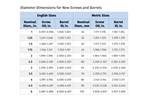



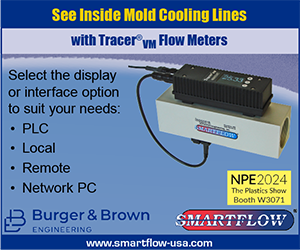
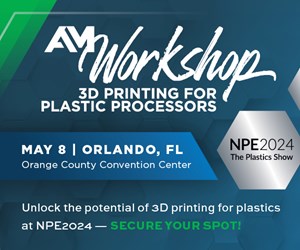


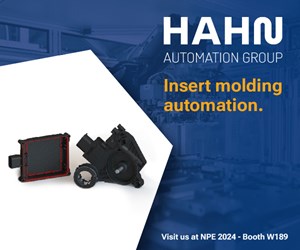
.png;maxWidth=300;quality=90)
